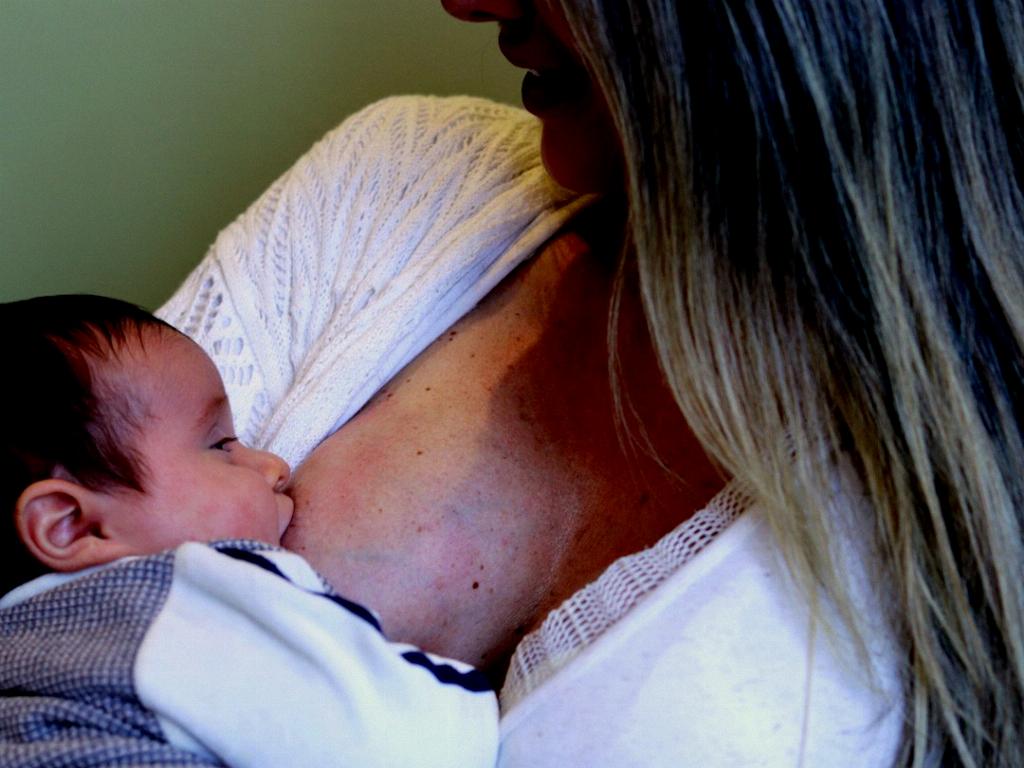One of the major concerns for mothers living with HIV is whether the virus can be passed on to their children. Without treatment, the likelihood of HIV transmission from mother to child is between 25 to 30 percent. This statistic may sound daunting, but there is hope.
With advancements in medical treatments and protocols, the chances of vertical transmission of HIV have significantly decreased. It has been observed that when mothers are aware of their HIV status and receive proper treatment during pregnancy and childbirth, the risk of passing the virus to their infants reduces to less than 2 percent.
Early detection plays a crucial role in preventing mother-to-child transmission of HIV. Regular screenings during pregnancy allow healthcare providers to intervene promptly and provide appropriate interventions to ensure the well-being of both the mother and the baby.
Antiretroviral therapy (ART) is a cornerstone in the prevention of perinatal HIV transmission. By adhering to prescribed ART regimens, mothers can significantly reduce the viral load in their bodies, minimizing the chances of transmitting the virus to their newborns.
In addition to maternal treatment, administering antiretroviral medication to the newborn shortly after birth further decreases the risk of HIV transmission. This preventive measure, known as post-exposure prophylaxis, has proven to be highly effective in safeguarding the health of infants born to HIV-positive mothers.
Exclusive breastfeeding is another factor to consider in the context of HIV transmission. While breast milk can contain the virus, the risk of transmission through breastfeeding is significantly lower when both the mother and the infant are on ART. Health authorities recommend exploring alternative feeding options if feasible and safe.
It is important for pregnant women with HIV to engage in comprehensive prenatal care, including regular monitoring of viral load, CD4 count, and overall health status. These measures not only benefit the mother’s health but also play a pivotal role in reducing the risk of mother-to-child transmission of HIV.
Supportive services, such as counseling and education on HIV management, are essential components of care for pregnant women and mothers living with HIV. By equipping these individuals with knowledge and emotional support, healthcare providers empower them to make informed decisions about their health and that of their children.
Collaboration between obstetricians, infectious disease specialists, pediatricians, and other healthcare professionals is paramount in ensuring comprehensive care for pregnant women with HIV and their infants. A multidisciplinary approach enhances coordination, communication, and adherence to treatment guidelines.
Despite the challenges posed by HIV, advancements in medical research and healthcare delivery have transformed the landscape of mother-to-child transmission prevention. By leveraging available resources and implementing evidence-based strategies, we can strive towards a future where every child is born free from the burden of HIV.

